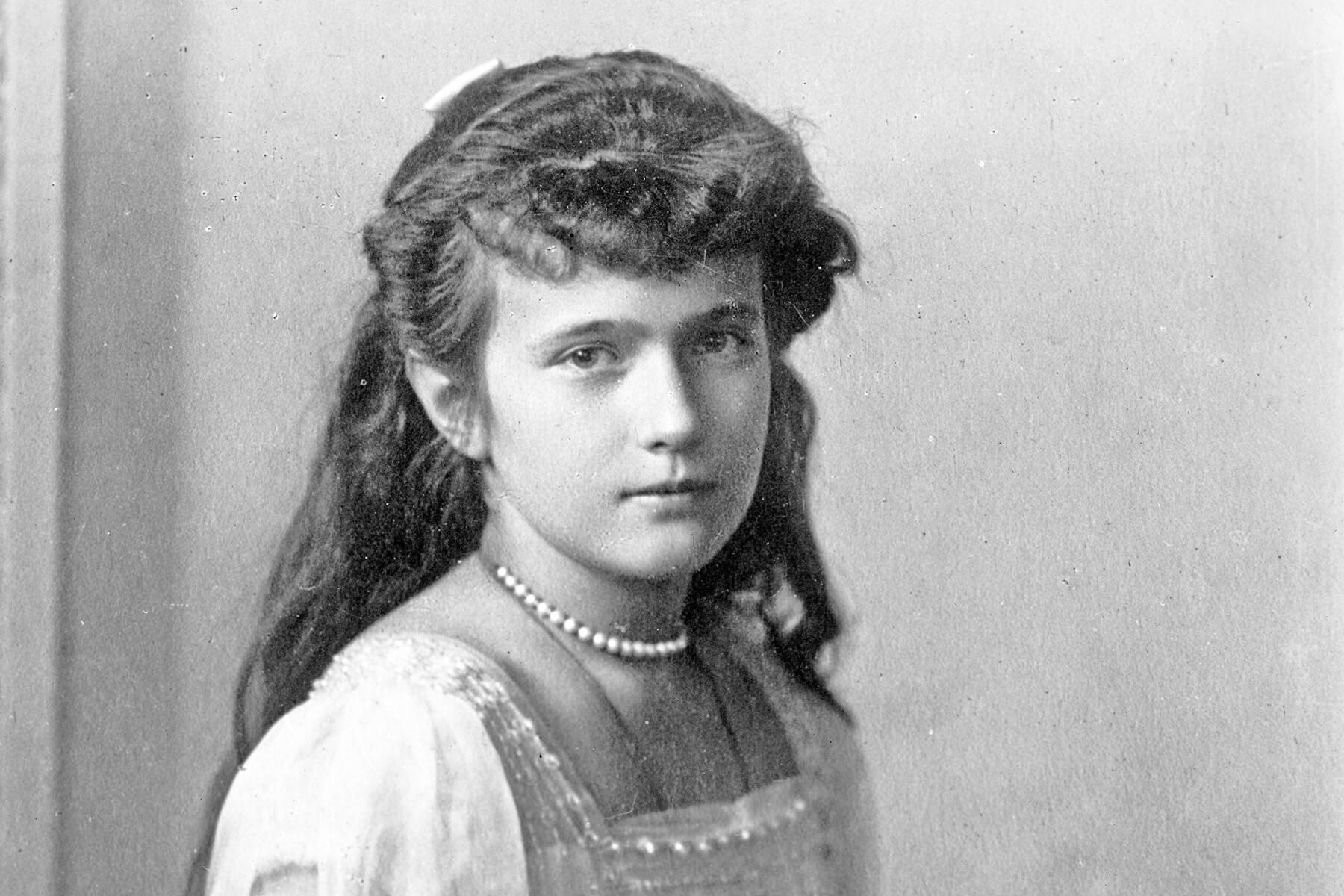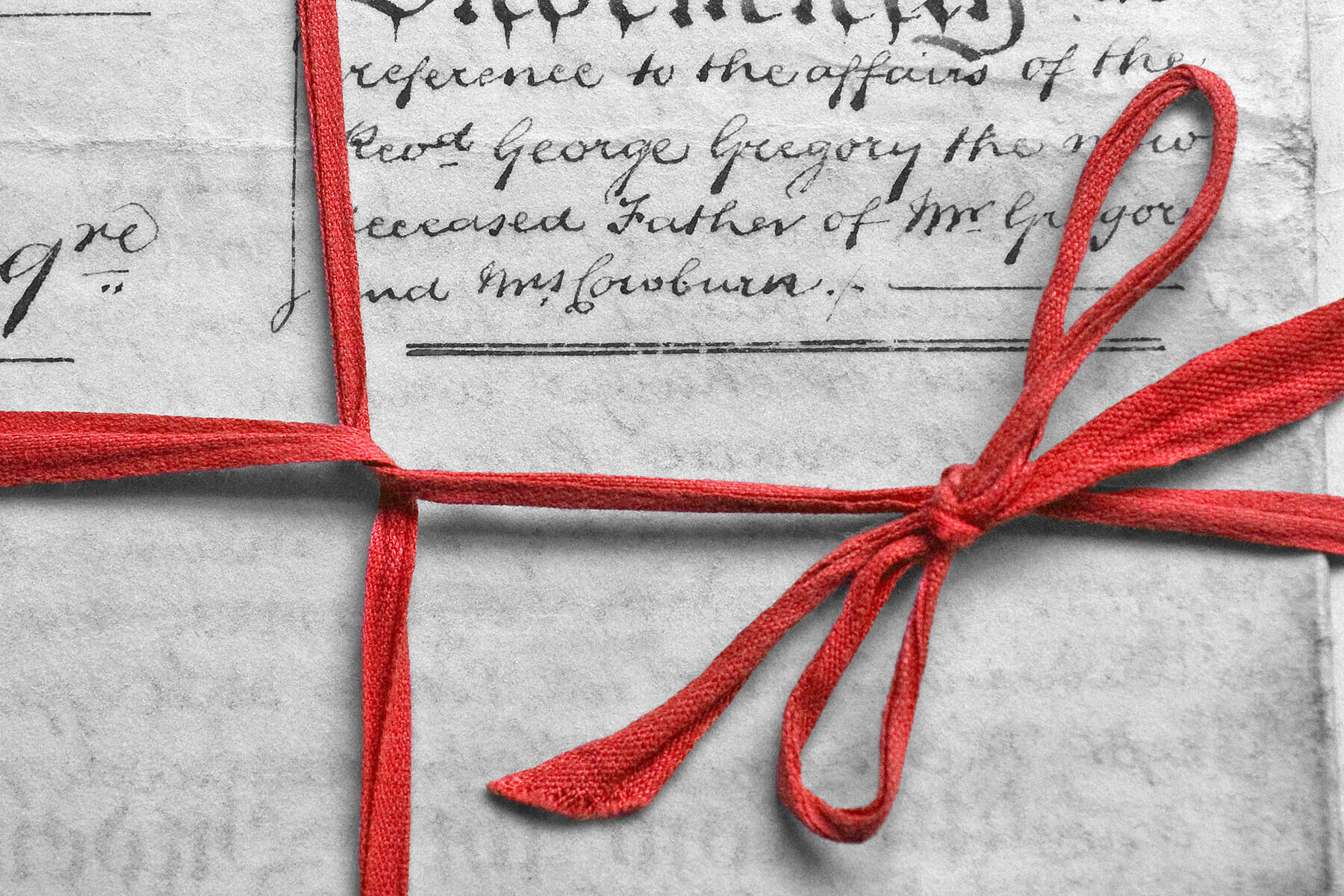Many history buffs can explain how "The Star-Spangled Banner" was penned by Francis Scott Key after he witnessed the failed British bombardment of Baltimore's Fort McHenry in 1814, and some may also know that the song became the U.S. national anthem in 1931. |
| |
| |
|
 |
|
| M any history buffs can explain how "The Star-Spangled Banner" was penned by Francis Scott Key after he witnessed the failed British bombardment of Baltimore's Fort McHenry in 1814, and some may also know that the song became the U.S. national anthem in 1931. Lesser known are the details of the 117-year journey that shepherded its transformation from inspired poem to officially sanctioned emblem of American patriotism. |
|
|
| Originally printed under the title "Defence of Fort M'Henry" and set to the then-popular melody of "The Anacreontic Song," "The Star-Spangled Banner," as it later became known, quickly struck a chord among the citizens of an expanding nation. Rewritten versions of the tune were created to publicize such causes as abolition, temperance, and women's suffrage. Although it was disowned by the short-lived Confederacy, which adopted anthems such as "Farewell to the Star Spangled Banner," Key's song reemerged as a symbol of the enduring union in the aftermath of the Civil War. The U.S. Navy provided its imprimatur in 1889 by making "The Star-Spangled Banner" an official part of flag-raising ceremonies, and in 1904, the Army established the custom of having servicemen "stand at attention and uncover" as the song played. |
|
| Shortly after President Woodrow Wilson ordered "The Star-Spangled Banner" to be performed at all military occasions in 1916, Representative John Linthicum of Maryland began a push to establish the song as the country's national anthem. A vocal minority opposed this designation, on grounds ranging from the ditty's violent imagery and its roots as an alleged drinking song to its vocal complexities. However, Linthicum eventually submitted a petition of more than 5 million signatures and letters from 25 governors to support his bill. After Congress voted in favor of the legislation, President Herbert Hoover delivered his signature on March 3, 1931, formally recognizing the song that had long served as the all-but-official anthem of the United States. |
|
 |  |
|
|
 |
|
| |
|
| Verses in the complete version of "The Star-Spangled Banner" | | | 4 |
| | | Cast-iron bomb shells fired by the British at Fort McHenry | | | ~1,800 |
| | | Cast-iron bomb shells fired by the British at Fort McHenry | | | ~1,800 |
|
|
|
| Dimensions (in feet) of the flag that inspired the song | | | 30 x 42 |
| | | Year the song was first played at an American sporting event | | | 1862 |
| | | Year the song was first played at an American sporting event | | | 1862 |
|
|
|
 |
|
 | | Did you know? |
|
|
Francis Scott Key wrote another poem set to the melody of "The Anacreontic Song." |
|
| The music for "The Anacreontic Song," which provided the backing for "The Star-Spangled Banner," was written by composer John Stafford Smith for England's Anacreontic Society gentleman's club in the mid-1770s. Despite being composed as a showcase for the club's trained singers, the melody became familiar to American ears of the late 18th century after it was repackaged for songs such as "Adams and Liberty," John Adams' reelection campaign song of 1800. Clearly, Key was a big fan of this musical arrangement: Well before he dashed off "The Star-Spangled Banner," he set his 1805 poem "When the Warrior Returns" to the same tune, with phrases such as "star-spangled flag" and "brows of the brave" foreshadowing his more famous work to come. |
|


Lainnya dari

















0 comments:
Post a Comment